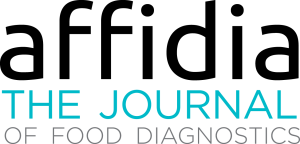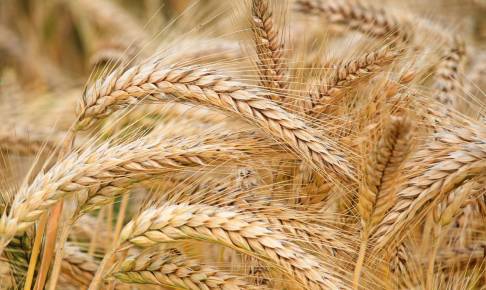Modern analysis of mycotoxins: sample preparation, detection techniques, and future perspectives
Introduction
Most consumers think the word natural is synonymous with safe, healthy, or, more generally and simply, better. However, this is not necessarily true. In fact, it is quite the opposite in some cases. Fungal contamination, though it occurs naturally, is problematic for numerous foodstuffs like cereals, dried fruits, nuts, and spices. Furthermore, under specific environmental conditions, certain moulds can produce highly toxic secondary metabolites, known as mycotoxins. Mycotoxins produced by animal and human metabolism, such as Aflatoxin M1, can contaminate milk and dairy products. These 100% natural molecules have a wide range of adverse effects on both humans and animals: from relatively minor symptoms like vomit or diarrhoea to more severe diseases and toxic effects such as protein synthesis inhibition, oestrogenic effects, and cancer.
When mycotoxins enter the food chain, the serious public health hazard they represent is often underestimated. It has been estimated that up to 25% of worldwide food crops are contaminated by mycotoxins, but these figures may greatly underestimate their occurrence (Eskola et al. 2020), resulting in significant economic losses and grave public health concerns.
Despite the introduction of good agricultural, storage, and manufacturing practices, mycotoxin contamination still appears to be inevitable. Fungal spores (the early stage of a fungus life cycle) are ubiquitous: they are part of the natural world, and they are everywhere without exception. Therefore, further research on alternative strategies to reduce mycotoxin contamination levels is necessary.
International authorities have established maximum permissible levels of certain mycotoxins in a variety of raw crops, foods, and beverages for human consumption as well as in animal feed, based on the available data regarding their toxic effect(s), occurrence, and consumption patterns, as well as other economic, sociocultural, and political considerations. In Europe, the regulated mycotoxins currently include aflatoxins (AFB1, AFB2, AFG1, AFG2, and AFM1), deoxynivalenol (DON), fumonisins (FB1 and FB2), ochratoxin A (OTA), zearalenone (ZEN), patulin (PAT), and citrinin (CIT) (1881/2006/EC). In addition, maximum recommended levels exist for other mycotoxins, namely T-2 and HT-2 toxin (2013/165/EU). However, several hundred mycotoxins and fungal metabolites have been reported in the literature (Varga et al. 2015). These compounds include the so-called “emerging” and “masked” toxins, a group of less-studied fungal secondary and plant-modified metabolites (Berthiller et al. 2013; Gautier et al. 2020). Due to the limited data currently available regarding their occurrence and toxicity, as well as the lack of specific maximum levels in the legislation, the emerging and masked mycotoxins are not routinely screened for by food testing laboratories, making consumer exposure to these unmonitored substances possible.
[...] comprehensive methods that can detect recently discovered mycotoxin and plant-modified metabolites are essential for toxicological studies.Therefore, accurate, reliable
Download content now





















